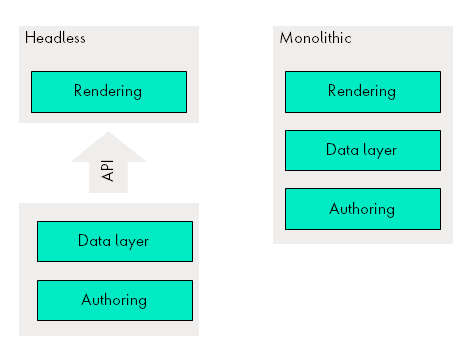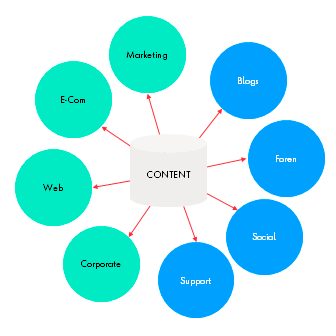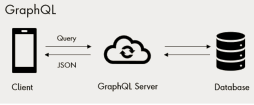Designsysteme sind zu einer wesentlichen Komponente in der Welt des Web- und Produktdesigns geworden. Sie bieten eine gemeinsame Sprache und eine Reihe von wiederverwendbaren Komponenten, die Konsistenz, Effizienz und Skalierbarkeit fördern. In diesem Blog-Beitrag erörtere ich, wie ich Tag für Tag einen Designsystem-Manager entwickle. Dabei werden Schlüsselaspekte wie Design-Token, Responsive Design, atomares Design, Barrierefreiheit, Belastbarkeit, Kostenreduzierung und verschiedene Tools wie Figma, Token Studio, Docusaurus, Webkomponenten und natives CSS angesprochen.
Design-Token
Design-Token sind eine Möglichkeit, Design-Entscheidungen zu speichern und zu verwalten, z. B. für Farben, Typografie und Abstände. Sie bieten eine einzige Quelle der Wahrheit, die leicht aktualisiert und plattformübergreifend genutzt werden kann. Bei der Entwicklung meines Design System Managers verwende ich Tools wie Token Studio, um meine Design-Token zu erstellen, zu organisieren und zu verwalten. Dies trägt dazu bei, die Konsistenz zu wahren und Aktualisierungen zu optimieren.
Responsive Design
Responsive Design ist die Praxis der Erstellung von Designs, die sich an verschiedene Geräte und Bildschirmgrößen anpassen. Bei der Arbeit am Design System Manager stelle ich sicher, dass die Komponenten flexibel sind und sich nahtlos an verschiedene Bildschirmauflösungen anpassen. Dazu verwende ich Responsive Design-Techniken wie Media Queries, Fluid Grids und flexible Bilder, um ein konsistentes Nutzererlebnis auf verschiedenen Geräten zu gewährleisten.
Atomic Design
Atomic Design ist eine Methode, bei der das Design in kleinere, wiederverwendbare Komponenten, so genannte Atome, Moleküle und Organismen, unterteilt wird. Dieser Ansatz vereinfacht den Designprozess und fördert die Konsistenz des gesamten Systems. Bei der Entwicklung meines Design System Managers nutze ich die Prinzipien des atomaren Designs, um eine modulare und skalierbare Struktur zu schaffen, die es einfach macht, Komponenten nach Bedarf hinzuzufügen, zu entfernen oder zu ändern.
Zugänglichkeit
Barrierefreiheit ist von entscheidender Bedeutung, um sicherzustellen, dass alle Benutzer, einschließlich Menschen mit Behinderungen, digitale Produkte effektiv nutzen und mit ihnen interagieren können. Bei der Erstellung des Design System Managers lege ich Wert auf Barrierefreiheit, indem ich bewährte Verfahren wie korrektes semantisches HTML, die angemessene Verwendung von ARIA-Attributen und die Einhaltung der WCAG-Richtlinien einbeziehe. So wird sichergestellt, dass die Komponenten des Designsystems für jeden zugänglich und nutzbar sind.
Ausfallsicherheit
Resilienz im Design bezieht sich auf die Schaffung eines Systems, das Veränderungen standhalten und sich an verschiedene Szenarien anpassen kann. Im Kontext eines Designsystemmanagers bedeutet Resilienz, Komponenten zu bauen, die flexibel, modular und einfach zu warten sind. Ich erreiche dies, indem ich Webkomponenten und natives CSS verwende, um wiederverwendbare Elemente zu erstellen, die leicht angepasst und auf verschiedene Situationen eingestellt werden können.
Vorteile und Kostenreduzierung
Designsysteme bieten zahlreiche Vorteile, darunter schnellere Designprozesse, verbesserte Zusammenarbeit und geringere Wartungskosten. Durch die Entwicklung eines robusten Designsystem-Managers kann ich sicherstellen, dass mein Team Designs effizient erstellen und überarbeiten kann, während gleichzeitig ein konsistentes Benutzererlebnis erhalten bleibt. Dies wiederum führt zu Kosteneinsparungen, da der Bedarf an umfangreichen Designüberarbeitungen und -aktualisierungen sinkt.
Werkzeuge
Während der Entwicklung des Design System Managers verwende ich eine Vielzahl von Tools, um den Prozess zu vereinfachen und die Zusammenarbeit zu verbessern. Figma, ein kollaboratives Designtool, ermöglicht es meinem Team, in Echtzeit gemeinsam an Entwürfen zu arbeiten. Docusaurus ein Open-Source-Tool für die Dokumentation von UI- und Softwarekomponenten, hilft mir dabei, Komponenten zu visualisieren und isoliert zu testen, um sicherzustellen, dass sie in verschiedenen Kontexten korrekt funktionieren.
Fazit
Der Aufbau eines Designsystem-Managers ist eine fortlaufende, tägliche Aufgabe, die eine ständige Verbesserung und Verfeinerung erfordert. Indem ich mich auf Schlüsselaspekte wie Design-Token, responsives Design, atomares Design, Zugänglichkeit, Belastbarkeit und Kostenreduzierung konzentriere, kann ich ein robustes und effizientes System schaffen, von dem sowohl Designer als auch Benutzer profitieren. Mit Werkzeugen wie Figma, Token Studio, Docusaurus, Webkomponenten und nativem CSS kann ich vieles vereinfachen und sicherstellen, dass der Designsystemmanager flexibel und skalierbar bleibt und sich an die sich ständig weiterentwickelnde Welt des digitalen Designs anpassen kann.







